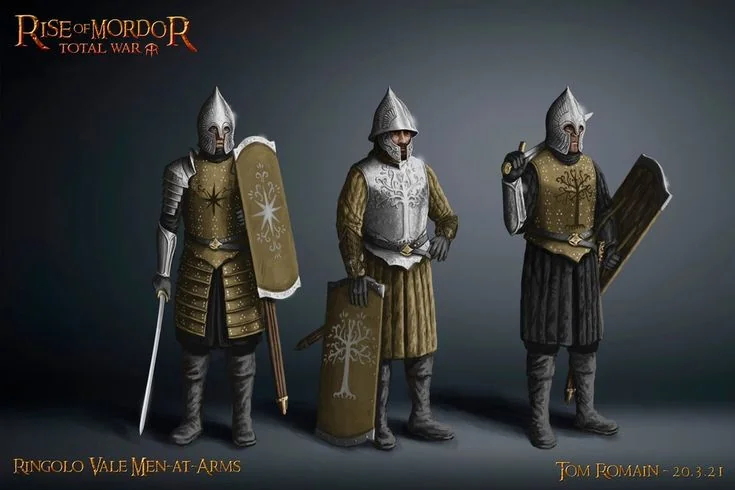In the annals of medieval history, amidst the clash of swords and the thunder of hooves, one finds a humble yet indispensable piece of armor: the gambeson. Often overshadowed by the gleaming plate and chainmail of knights, the gambeson played a crucial role in protecting warriors across centuries of warfare. This article delves into the origins, construction, effectiveness, and enduring legacy of the gambeson.
Origins and Evolution
The gambeson‘s roots can be traced back to antiquity, where padded garments were worn for warmth and protection. However, it gained prominence during the medieval period in Europe, evolving from simple padded jackets into sophisticated pieces of defensive equipment. Initially made from layers of linen or wool, it provided essential padding against blunt force trauma and abrasions.
As warfare advanced, so did the gambeson. By the High Middle Ages, improvements in textile production allowed for tighter weaves and better quilting techniques, enhancing its protective capabilities. Gambesons were tailored to fit snugly under armor, providing comfort while absorbing the impact of blows that could otherwise cause serious injury.
Construction and Design
A typical gambeson consisted of multiple layers of fabric, often linen or wool, stitched together in a quilted pattern. This quilting not only provided cushioning but also distributed the force of impacts more evenly, reducing the risk of broken bones or internal injuries. Some gambesons incorporated additional layers of fabric or even metal plates sewn into pockets for added protection.
The design varied across regions and periods. In Europe, gambesons ranged from simple, unadorned garments worn by infantry to elaborate, richly decorated versions worn by nobles and knights. In the Middle East and Asia, similar padded armor, such as the aketon or the kikko, served analogous purposes, tailored to the unique combat styles and climates of their respective regions.
Effectiveness in Combat
Despite lacking the glamour of plate armor, the gambeson was highly effective in combat. It offered protection against cuts, thrusts, and especially blunt force trauma from weapons like maces, warhammers, and clubs. The quilted layers absorbed and dispersed kinetic energy, mitigating the impact on the wearer’s body.
Moreover, gambesons were versatile. They provided warmth during cold weather, served as effective standalone armor for infantry, and complemented heavier armor worn by cavalry. Their flexibility allowed for ease of movement, crucial in both mounted and dismounted combat scenarios.
Legacy and Influence
The gambeson’s influence extended beyond medieval Europe. Its principles of padding and quilting influenced the development of later forms of armor, such as the padded jackets worn by early modern soldiers and even the protective gear used in modern sports like fencing and martial arts.
In literature and popular culture, the gambeson often appears as the quintessential armor of the common soldier or the agile rogue. Its depiction varies from the practical and mundane to the heroic and legendary, reflecting its enduring status in the collective imagination.
Conclusion
In conclusion, the gambeson stands as a testament to the ingenuity and resilience of medieval armorers. Despite its humble origins, this padded garment provided essential protection to warriors across centuries of warfare. From the battlefields of Europe to the courts of Asia, its presence was felt and its effectiveness proven time and again.
As we look back on the history of armor, the gambeson reminds us that not all protection comes in gleaming steel or polished chainmail. Sometimes, it is the unassuming layers of padded fabric that make the crucial difference between victory and defeat, between life and death.
